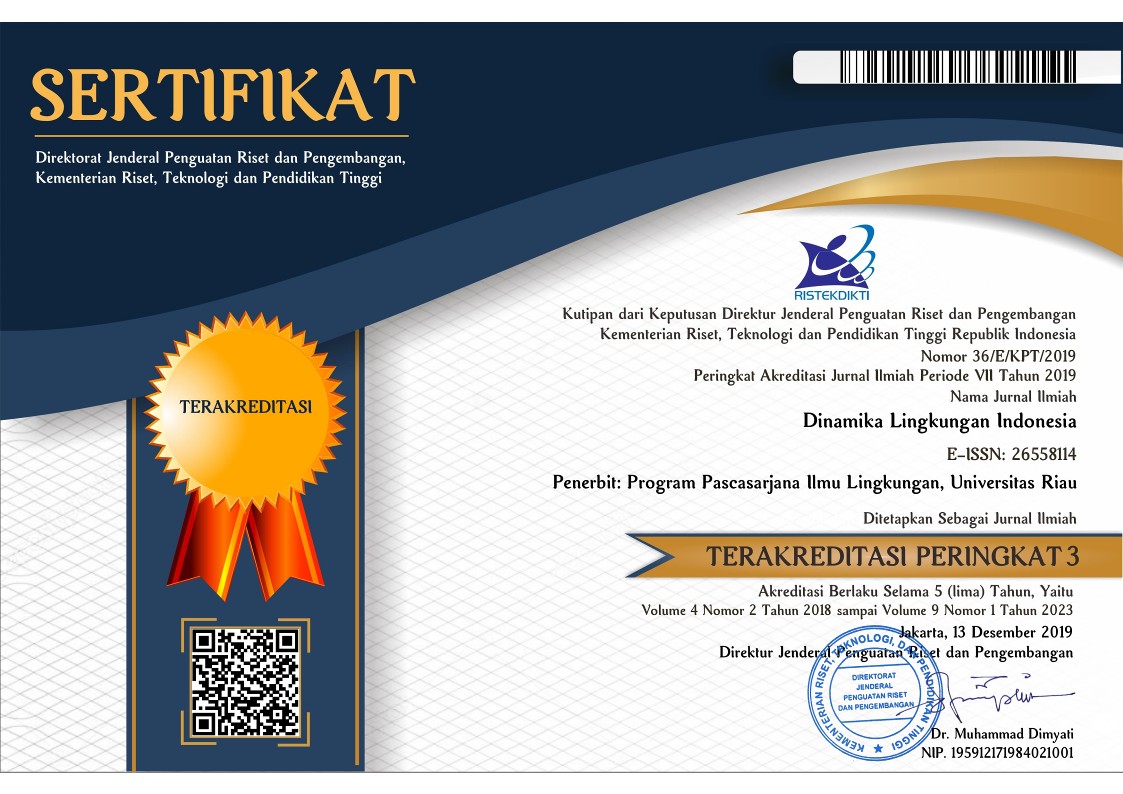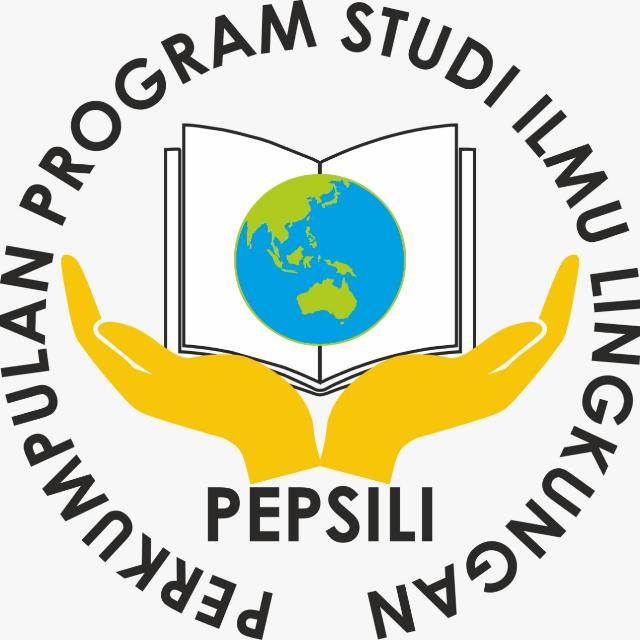Pemanfaatan Buah Sisa Sebagai Bioetanol dan Pupuk Organik
Abstract
The needs for added value of agricultural products is increasing, both in the form of health benefits and of reducing pollution waste. The sorting-out fruits that are just wasted can still be used as materials that have added value. In general, fruits contain glucose which is the basic ingredient in processing of bioethanol. Even though the quality has decreased, it still contains glucose which can then be fermented into bioethanol or organic fertilizer. Recently, the pharmaceutical and food and beverage industries require a large supply of bioethanol for further processing according to the industrial needs. Meanwhile, agricultural land is increasingly promoting organic farming. The objective of this activity is to produce new products from fruit waste into bioethanol and organic fertilizers that are useful for both the community and the government so that they can be used as the right solution to reduce environmental pollution and create new business opportunities. Bioethanol processing method uses Saccharomyces cerevisiae as a biocatalyst and uses an EM4 activator to produce organic fertilizers. This activity produces an output product in the form of bioethanol 46.78 % and organic fertilizer which contain 1% N.
Keywords
Full Text:
PDFReferences
Agrariksa. (2013). Uji Performansi Motor bakar Bensin (On Chassis) Menggunakan Campuran Premium dan Etanol. Jurnal Keteknikan Pertanian Tropis dan Biosistem. Vol. 1 No. 3.
Arora, M., Koley, S., Gupta, S., & Sandhu, J.S. (2007). A Study on Lipid Profile and Body Fat in Patients with Diabetes Melitus. Anthropologist, 9(4):295-8.
Atiqah, H.G., Romli, M., & Suprihatin. (2014). Pemanfaatan Limbah Buah Tomat untuk Produksi Bioetanol Oleh Saccharomyces cerevisiae. IPB Bogor: UT - Agro-Industrial Engineering.
Jalaludin, Nasrul Z.A., & syafrina, R. (2016). Pengolahan Sampah Organik Buah-buahan menjadi Pupuk dengan Menggunakan Efektif Mikroorganisme. Jurnal Teknologi Kimia Unimal, 5-(1): 17-29. https://doi.org/10.29103/jtku.v5i1.76
Nugroho, Panji. (2014). Panduan Pembuatan Pupuk Kompos Cair. Yogyakarta: Pustaka Baru Press.
Nurdyastuti, Indyah. (2005). Teknologi Produksi Bioetanol. Jurnal: Prospek Pengembangan Bio-fuel sebagai Substitusi Bahan Bakar Minyak.
Pratiwi, Eka, P., Yatim, M., & Edahwati, L. (2010). Pemanfaatan Limbah Kulit Buah Cokelat Sebagai Bioetanol. Makalah Seminar Nasional Teknik Kimia Soebardjo Brotohardjono. D7: 1-10.
Ratnawati, R., Trihadiningrum, Y., & Juliastuti, S.R. (2016). Composting of Rumen Content Waste Using Anaerobic-Anoxic-Oxic (A2O) Methods. Journal of Solid Waste Technology and Management, 42 (2): 98-106.
Sebayang, F. (2006). Pembuatan Etanaol Dari Molase Secara Fermentasi Menggunakan Sel Saccharomyces cerevisiae Pada Kalsium Alginat. Jurnal Teknologi Proses, 5 (2): 68-74.
Seftian, D., Antonius, F., & Faizal, M. (2012). Pembuatan Etanol dari Kulit Pisang Menggunakan Metode Hidrolisis Enzimatik dan Fermentasi. Jurnal Teknik Kimia No. 1, Vol. 18.
Siboro, E.S., Surya, E., & Herlina, N. (2013). Pembuatan pupuk cair dan biogas dari campuran limbah sayuran. Jurnal Teknik Kimia USU 2(3): 40-43.
Simanjuntak, Riswan. (2009). Studi Pembuatan Etanol dari Limbah Gula (Molase). Universitas Sumatera Utara.
Sulaeman, Suparto & Eviati. (2005). Analisis kimia tanah, tanaman, air dan pupuk. Bogor: Balai Penilitian Tanah dan Pengembangan Penelitian, Departemen Pertanian.
Widyanti, E.M., & Moehadi, B.I. (2016). Proses Pembuatan Etanol dari Gula Menggunakan Saccharomyces Cerevisiae Amobil. Jurnal METANA, Vol. 12(2):31-38. https://doi.org/10.14710/metana.v12i2.9751
Whitaker, A. (1995). Principle of Fermentation Technology 2nd Edition. Elsevier Scienci Ltd.
Wididana, G.N. (1994). Application of Effective Microorganism (EM) and Bokashi on Natural Farming. Bulletin Kyusei Nature Farming 03 (2): 47-54.
DOI: http://dx.doi.org/10.31258/dli.8.2.p.86-90
Refbacks
- There are currently no refbacks.





